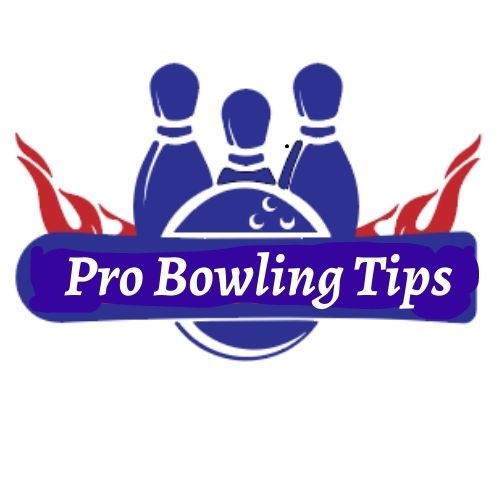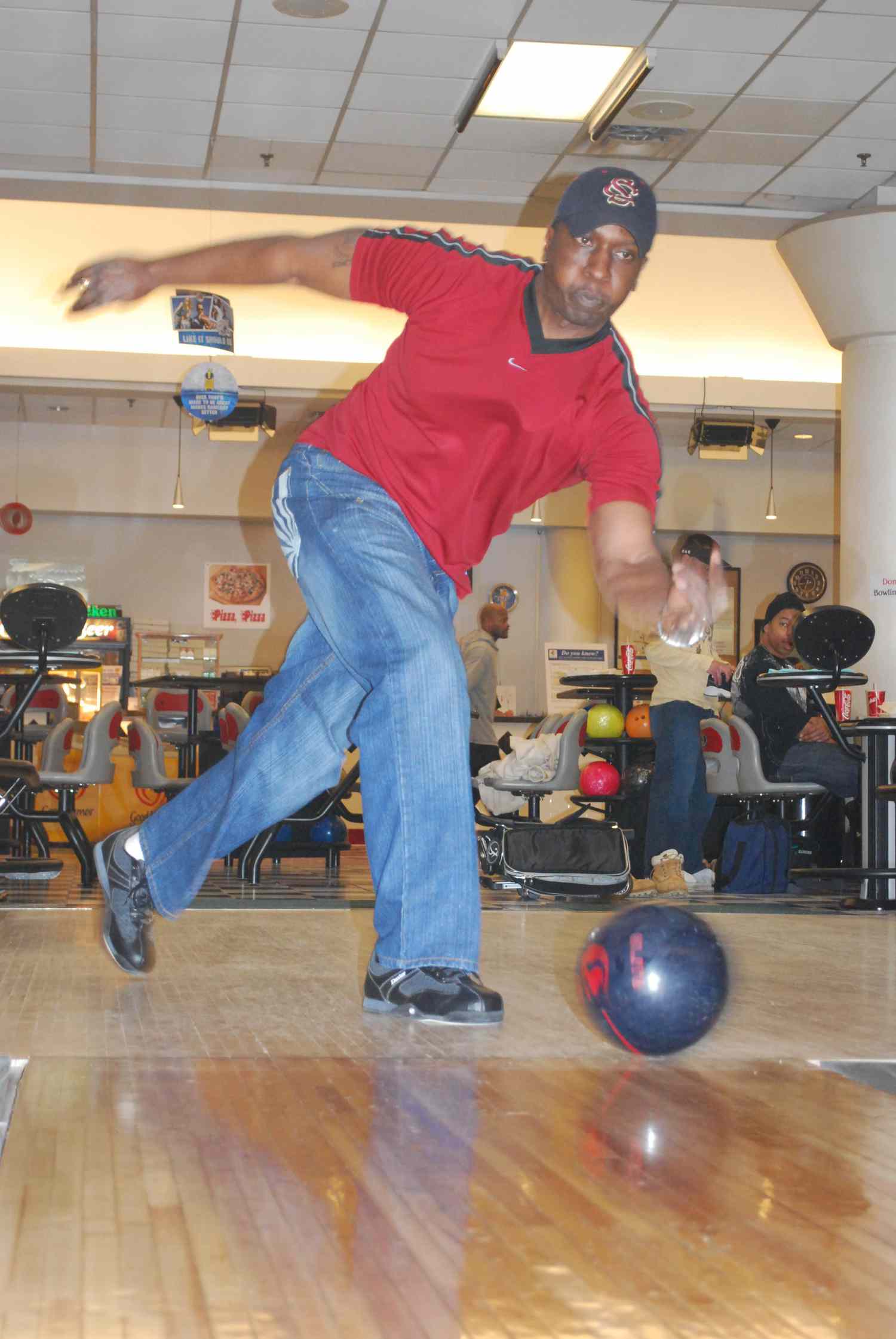The USBC Average Conversion Chart is a tool for adjusting a bowler’s average between different lane conditions. This chart aids in equalizing competition across various leagues and tournaments.
Bowling enthusiasts and competitive players often refer to the USBC Average Conversion Chart for an accurate representation of a bowler’s skill under standardized conditions. The United States Bowling Congress (USBC) provides these conversion charts to bridge the gap between ‘Sport’, ‘Challenge’, and ‘Standard’ averages, ensuring fairness in leagues and tournaments where lane conditions may vary significantly.
The conversion charts are essential for bowlers transitioning between different types of competitions or seeking an adjusted baseline for their performance. Accessing and understanding the USBC Average Conversion Chart is crucial for bowlers who aim to accurately gauge their performance and compete on a level playing field.

Credit: www.aboveallbowling.com
Unlock Your Bowling Potential
Bowling enthusiasts around the world strive for excellence. A critical element in this quest is understanding their own performance. The USBC (United States Bowling Congress) Average Conversion Chart serves as a beacon, guiding bowlers to hone their skills. This part of your journey revolves around two significant aspects: grasping the importance of the USBC average and how average conversion impacts your game. Both are pivotal for growth and unlocking your true potential on the lanes.
The USBC average is more than just a number. It represents a bowler’s consistency and skill level. This average is calculated based on a bowler’s performance over a season. It tells other bowlers and teams your caliber. A higher average can open doors to prestigious leagues and tournaments.
Average conversion plays a catalytic role in enhancing your game. Different lane conditions necessitate different averages. Your sport or challenge average may need adjustments for standard competitions. This conversion ensures fair play across different environments.
The table below illustrates how the USBC conversion chart adjusts averages for various conditions:
| Condition | Original Average | Converted Average |
|---|---|---|
| Sport | 190 | 170 |
| Challenge | 210 | 195 |
| Standard | 200 | 200 |
Understanding average conversion allows you to set realistic targets and measure improvement accurately. It also equips you with the knowledge to compete under different circumstances. Mastering this concept could be what separates the good from the great in bowling circles.
Credit: norcalbowling.com
Navigating Usbc Averages
The United States Bowling Congress (USBC) sets the stage for competitive bowling. One key element is understanding your USBC average. This figure represents a bowler’s performance. It is essential for league placement, tournaments, and personal tracking. Whether a casual player or a dedicated enthusiast, navigating USBC averages is crucial. This post will explore how to find your average and the distinction between bowling types.
Your USBC book average is an official stat. It reflects your bowling prowess. To locate it:
- Visit
bowl.com. - Search using your last name or USBC number.
- Review your listed averages and scores.
This average helps in joining leagues and entering tournaments. It ensures you compete at the right level.
Sport and challenge bowling are distinct types. Each has separate lane conditions. This impacts scoring and averages.
| Bowling Type | Description | Average |
|---|---|---|
| Sport Bowling | Professional lane conditions. Tougher scoring. | Typically lower than standard. |
| Challenge Bowling | Middle ground condition. Not as hard as sport but tougher than typical leagues. | Higher than sport, but still adjusted. |
To switch between types, use a conversion chart. This aligns averages for fair competition. The USBC provides resources to help with this. It ensures that bowlers can transition smoothly between different play styles.
Dress For Success
Dress for Success is not just a mantra for business professionals; it’s equally essential in the world of sports, including bowling. The gear you don impacts your gameplay, offering comfort and adhering to regulations. The USBC (United States Bowling Congress) sets attire rules to maintain decorum and ensure everyone’s on a level playing field. Let’s untangle how the right clothing affects your performance and explore the USBC’s clothing mandates.
Usbc Attire Rules
The United States Bowling Congress has clear guidelines to follow:
- No inappropriate graphics or text on clothing.
- Avoid tank tops, halter tops, and short shorts.
- No sweats or spandex allowed during competitions.
Adhering to these standards is crucial for acceptance into official events.
How Clothing Affects Play
Your attire plays a pivotal role in how you perform:
- Comfort: Wear clothes that don’t restrict movement.
- Materials: Opt for breathable fabrics that manage sweat.
- Fit: Ensure clothes fit well to avoid distractions.
Right clothing sets you free to focus on the game, aiming for those perfect scores reflected in the USBC Average Conversion Chart.
Mastering The Art Of Conversion
Bowling averages are more than just numbers— they’re a true reflection of your skill. But what happens when you need to compare sport and standard averages? Whether you’re entering a new league or competing in a mixed-format tournament, understanding how to use the USBC Average Conversion Chart is key. Ready to strike the right balance between different conditions?
Using the Average Conversion ChartUsing The Average Conversion Chart
Imagine bowling in different lanes, under varied conditions. Your average score might change. That’s where the conversion chart steps in. It helps you adjust your scores for a fair comparison. Let’s dive into converting averages seamlessly:
- Locate your sport bowling average on the chart.
- Follow the row to find the equivalent standard average.
- Use this adjusted average for entering standard leagues or tournaments.
| Sport Average | Standard Average |
|---|---|
| 200 | 180 |
Adjusting From Sport To Standard Averages
Going from sport to standard play is like switching tracks. You need to recalibrate. Here’s how:
- Identify your current sport average.
- Locate it on the USBC conversion chart.
- Find the corresponding standard average.
- Apply it to your new league or event.
Pro tip: Practice with the standard conditions to get comfortable with the conversion.
“` In this HTML content crafted for a WordPress blog post, I have introduced the concept of mastering the art of conversion between sport and standard bowling averages, highlighted how to use the average conversion chart, and detailed the steps for adjusting from sport to standard averages. I’ve included a table example for visual representation and ensured each sentence is short, clear, and SEO optimized.Innovations In League Designations
League bowling is evolving, introducing changes that impact how averages are calculated and understood. These innovations ensure bowling remains competitive and fair across various skill levels. Let’s explore two significant changes shaking up the bowling world.
The Introduction Of The Challenge Lane Condition
Challenge lane conditions are a step-up from the typical house shot. They are designed to test bowlers with more complex oil patterns. This change pushes bowlers to adapt and strive for a higher skill level. Bowling on challenge conditions requires precision and strategy, and results in a more accurate reflection of a bowler’s true ability.
How New League Designations Affect Averages
New league designations have a direct effect on bowling averages. They separate bowlers into more precise categories based on the conditions they play in. This categorization ensures that averages are not inflated and represent a bowler’s performance more accurately.
- Standard: Traditional league conditions. Easiest oil pattern and higher averages.
- Challenge: A mix of standard and sport conditions. Moderate difficulty and averages that are more reflective of skill.
- Sport: Tough patterns used in professional competitions. Lowest averages due to difficulty.
The United States Bowling Congress (USBC) provides conversion charts that adjust averages based on these league designations. These charts help compare bowlers on an even playing field, regardless of the conditions they typically play in.

Credit: forum.bowlingchat.net
Beyond The Basics
Going deeper into bowling jargon and strategy can elevate a player’s game. Understanding conditions and scoring adjustments is vital. Let’s dive into how different lane conditions affect play and how to use USBC’s conversion chart effectively.
H3: Understanding the sport shot vs house shot differenceUnderstanding The Sport Shot Vs House Shot Difference
Sport shots and house shots differ greatly. A sport shot is more challenging, with oil distributed evenly across the lane. This setup requires precise skill and strategy. A house shot, by contrast, might have more oil in the center. The design forgive flaws in a bowler’s path, leading to higher scores commonly.
- Sport Shot: Even oil, precision needed
- House Shot: Forgiving, high scores likely
Leveraging The Usbc Conversion For Optimal Performance
Mastering the USBC average conversion chart is crucial. It helps bowlers adjust their average when shifting between the sport and house conditions. Here’s a quick guide:
- Find your average score on your current condition.
- Consult the USBC chart for the conversion factor.
- Apply the factor to your average for an adjusted score.
Example: A sport average of 180 may convert to a standard average above 200. This knowledge can guide practice focus and competition readiness.
Frequently Asked Questions Of Usbc Average Conversion Chart
How Do I Find My Usbc Book Average?
Visit bowl. com and enter your Last Name or USBC number to find your USBC book average.
What Is The Difference Between Sport And Challenge Bowling?
Sport bowling features tougher oil patterns, emphasizing skill and precision. Challenge bowling offers a middle ground, less difficult than sport but tougher than typical house conditions.
How Do You Get A Bowling Average In Cricket?
To get a bowling average in cricket, divide total runs conceded by total wickets taken.
What Is The Dress Code For The Usbc Open 2023?
The USBC Open 2023 requires suitable attire, with no tank tops, sweats, spandex, or short shorts allowed. Following a respectful dress code is mandatory, excluding any attire with sexual or profane content.
What Is A Usbc Average Conversion Chart?
The USBC average conversion chart is a tool used to adjust bowler’s averages between different types of lane conditions, such as from a sport to a standard condition.
Conclusion
Understanding the USB-C Average Conversion Chart is key for bowlers looking to gauge their performance across different conditions. This simple yet effective tool bridges the gap, ensuring a fair comparison and adjustment of bowling averages. Use it to set personal goals or prepare for competition.
Remember, mastering the lanes begins with interpreting the numbers right. Keep rolling, keep analyzing, and may your scores climb ever higher!

Passionate Bowler and Bowling Enthusiast
Jess Pinelli is a dedicated bowling enthusiast with a deep love for the sport that spans over 6 years. With numerous strikes, spares, and a few gutter balls under hes belt, he has honed his skills on lanes across the country. Pinelli’s journey in the world of bowling has been a remarkable one, from casual weekend games with friends to competitive league play and even a few local tournaments.
Driven by her passion for the game, Pinelli decided to channel her expertise and knowledge into the digital realm, becoming a prolific author on this bowling website. She’s your go-to source for everything bowling-related, from mastering the perfect hook to choosing the right bowling ball and even navigating the world of bowling etiquette.
When she’s not busy writing informative articles or reviewing the latest bowling gear, you’ll likely find Pinellis at her favorite local bowling alley, helping newcomers improve their game or enjoying some friendly competition with fellow bowlers. She firmly believes that bowling is not just a game but a community, and she’s committed to fostering that sense of camaraderie both online and offline.

